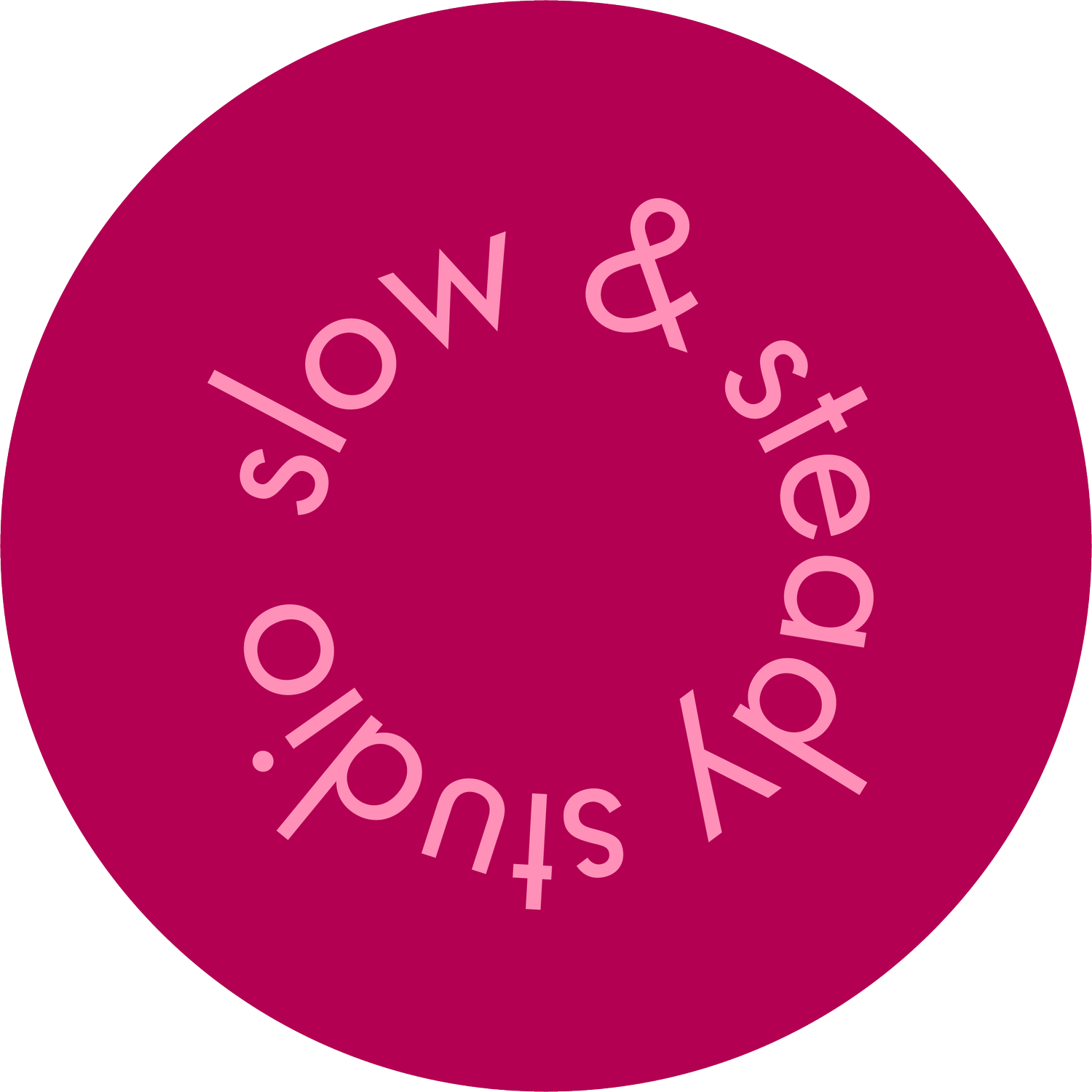The content marketing model is broken
Or, the content marketing model is working exactly as designed
Just a note - there is a brief mention of dieting in this post. Take care of your nervous systems accordingly, babe!
After producing The Heavy Flow Podcast for three years I am acutely aware of the major time and monetary investments that go into making content – two podcast episodes a week plus all the ancillary content that goes with it – the show notes, blog posts, multiple social media posts for multiple platforms, newsletters… It’s a whole lot.
With Slow & Steady, I made deliberate decisions about the content I was going to invest in producing and I wanted it to be simple. Writing a weekly newsletter felt like enough.
Until it didn’t anymore – probably around the time that the algorithm figured out that I was building a business. Suddenly I felt like I needed to be doing more, a lot more – launching a new pod, making more freebies, writing more blogs. I started doing all the things, but it felt like wearing an itchy sweater.
My pal Amelia Hruby, founder of Softer Sounds Studio and host of the Off the Grid Podcast articulated it all beautifully in a recent episode called “10 Things I Hate About Content Marketing:”
“The content first approach promotes this myth that if our content just gets good enough, we will find success… We will go viral. We will get all the followers. All we have to do is be good enough to be successful. And it's just a lie, y'all.”
All we have to do is be good enough to be successful
Where have we heard that one before?
Sounds a hell of a lot like diet culture’s promise that we just need to lose weight and then we’ll be good enough, worthy of love and success and whatever else we want for ourselves.
And while diet culture serves no one, women are the primary marketing targets for diets and weight loss. Not just because of our absurd beauty standards, but because keeping us hungry and preoccupied keeps from stepping into our power.
The content model has become the gold standard for marketing online, service-based businesses:
We create social media content to attract an audience.
Then we create more content so they can get to know, like and trust us in the form of free downloads, masterclasses, podcasts, blogs and more.
And then because we’re told that seeing 1:1 clients isn’t scalable or sustainable (i.e. enough), we package our content as paid courses and programs which need, you guessed it – more content to be marketed, often in the form of complex, automated funnels.
As Amelia pointed out, the pursuit of creating more and better content is often at the expense of building strong business foundations, or even leads and clients that already want to work with us.
Is content marketing, like diet culture, designed to keep us hungry and preoccupied?
Consider that women entrepreneurs are starting online businesses in record numbers (1), and the majority of women entrepreneurs are concentrated in the service sector (2, 3) - it’s safe to say that a whole lot of women are out there creating content, giving away their IP.
Also consider that women entrepreneurs are more likely to:
Start a business so they can work from home to accommodate caregiving responsibilities (4)
Implement practices to support diversity, work-life balance and mental health (5)
Prioritize stability and social impact, and tend to be less focused on growth (6)
Own a social enterprise (7)
Have significant impacts on the United Nations’ Sustainable Development Goals (8)
Women owned businesses aren’t just good for the economy, they’re good for the women who run them, for their families, for the people that they hire, for their communities and for the planet.
In other words, women entrepreneurs are powerful.
But we can’t exercise that power when we’re stuck on the content hamster wheel.
Or we aren’t able to grow or innovate because we aren’t given funding at the same rates as our boy boss counterparts.
Or when we can’t even start our businesses because we don’t have access to affordable childcare.
While some efforts have been made to support women entrepreneurs – Canada’s Women Entrepreneurship Strategy has invested billions of dollars into unlocking their economic potential – solo, service-based, lifestyle businesses often get left behind because they simply don’t have the same economic value as other firms that can scale exponentially, create a large number of jobs or export internationally, despite the fact that they clearly have huge impacts for the people in the business, the community and world at large.
Which is probably another reason why we’re out here doubling down on content because we get zero support, so the hustle becomes that much more urgent. In our capitalist society, we don’t appreciate “just enough” of anything – let alone a business.
So where do we go from here?
Running a business means marketing in some way, and there is nothing inherently bad with content marketing – afterall, it is not lost on me that I am writing this article on a content marketing channel – but perhaps it’s time to refresh our approach.
For starters, consider what is enough? Do we need to be everywhere, all the time, all at once?
If you’ve been in business for awhile, you’ve probably got a nice little nest egg of content that you can pull from to reuse, recycle and repurpose.
Pricing should reflect the time and effort that we put into creating content so that we’re not working for free.
And if nothing else, recognize that content or the success that we’re chasing with it, isn’t going to make us worthy. You already were, babe.
Sources:
